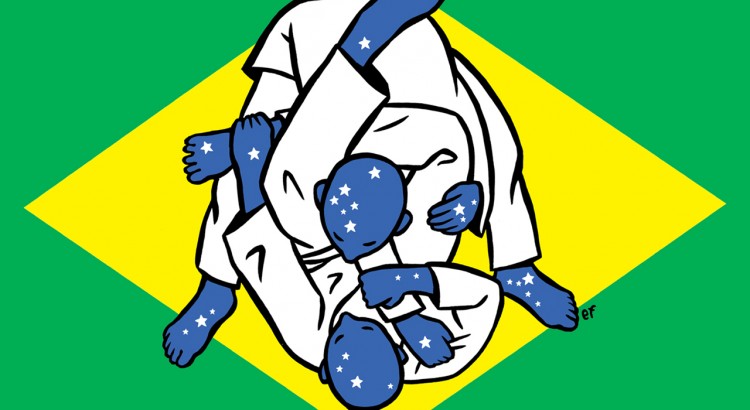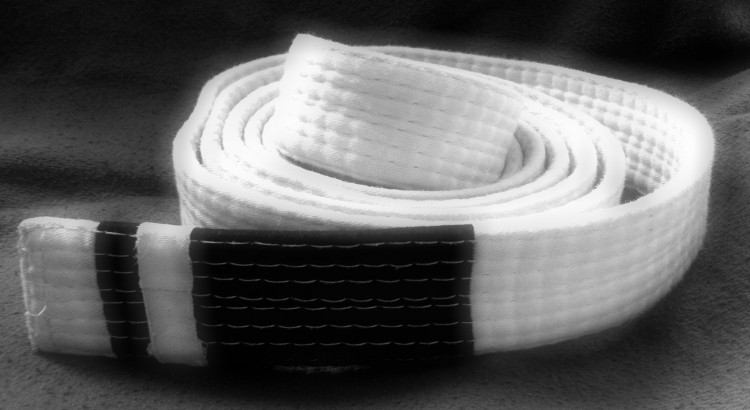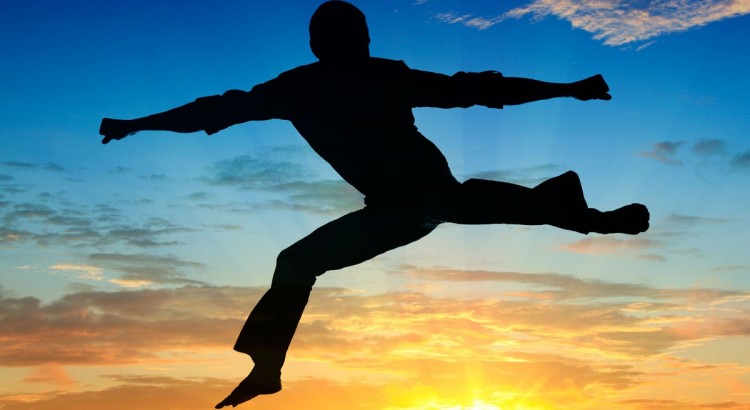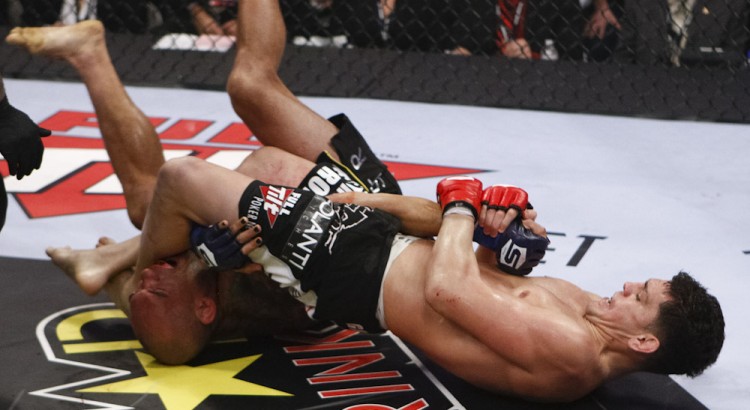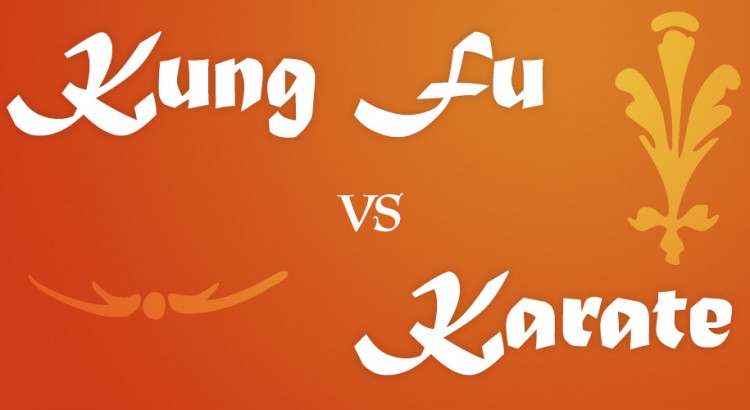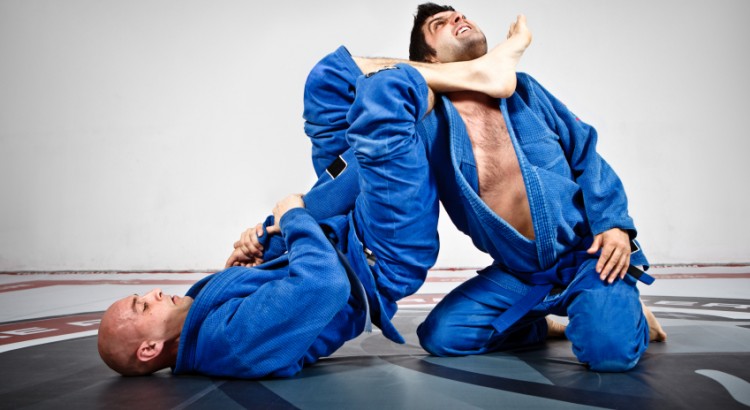Brazilian Jiu Jitsu is quickly rising into one of the most popular forms of martial arts today. Just about everywhere you go you’ll see someone wearing a trademark Brazilian Jiu Jitsu Gi. However, if you look close enough, very few ever have the honor of wearing black Brazilian Jiu Jitsu belts.
This is mostly because it takes quite a long time to become a black belt in this specific martial art but it is also because many practitioners quit when they reach the blue belt. Many feel complacent and satisfied with the skills they have while others hit a wall and encounter sudden difficulty to move up the ranks.
Work on Body Mechanics
Body mechanics are your bread and butter when it comes to Brazilian Jiu Jitsu. Even when you are at home you need to practice the basic movement of an arm lock defense, a half guard sweep, and more. If you cannot perform them on your own then what are your chances of doing them when sparring?
You don’t need a sparring partner to do these moves – after all, if you were defending yourself in a fight, you wouldn’t look for a partner. You should be able to perform the moves on your own and that requires mastery of the body and every basic Jiu Jitsu move.
Do these in the morning, during your break time, before you go to bed, or even when you’re already at the training center. Compare it to cooking a single dish – the more you do it the more you’ll be able to do it without a guide. It’ll become natural and sooner or later you’ll have the confidence to experiment.
Just about all of the more difficult Jiu Jitsu techniques are built upon the basics so the only way you’ll get up there is to continually practice body mechanics.
Don’t be Afraid to Use Online Resources
The world of today is littered with online sources. With just a few clicks on the web and you’ll find all sorts of resources. The best resource is still YouTube because you’ll almost instantly find tutorial videos and others.
There is one issue with this though: you’ll most likely find videos that won’t do you any good. There are just so many tutorial videos that you could easily get lost amidst the dozens of choices. Some might be ideal for your needs while others will only lead you astray.
Some videos are made and sponsored by real Jiu Jitsu schools and have been carefully supervised by real Jiu Jitsu instructors, ensuring that everything you watch is intended for students to learn and pick up. Others are made by people who only think they are masters of Jiu Jitsu but may have never stepped in a real Jiu Jitsu school and have never worn a Brazilian Jiu Jitsu gi other than for a cosplay or for show.
The best way to get around this is to make sure you watch videos from official schools and certified instructors. The next step is to only focus on videos that emphasize techniques you are already good at or are currently learning.
Working on What You Know
As mentioned above, it isn’t advisable to learn a new technique from the internet. The best way is to still learn the moves from your instructor and then practice them with a sparring partner. When you do look online for a Jiu Jitsu video, get those that work on techniques you are already familiar with.
If you’re working on a specific guard or grapple, look online for videos that show the basic form is executed and then videos on how it can be manipulated. These will give you a lot to work on and you won’t find them difficult to comprehend because the technique is already familiar to you.
There are a lot of resources too. You’ll find online videos of Marcelo Garcia, Andre Galvo, Saulo Ribeiro, and other renowned Brazilian Jiu Jitsu masters. All it takes is a few clicks and you’ll be learning from the very best in the field.
Just don’t waste too much time watching videos when you should only be using them as a reference point for techniques you already know. These videos should on supplement your technique and refine what you have.
Stay at the Dojo/Academy
Always make it a point to be present at your dojo/academy. While you may learn a lot on your own, especially if you have fellow practitioners to spar with, nothing beats the environment of being with fellow students and learning from certified masters.
If you relocate often, make it a point to find a dojo and stick to the schedule. If you are busy with work, kids, school, or other commitments then at least try to come by once or twice a week so that you have something to work on when you are at home.
There is no shortcut to become a master Brazilian Jiu Jitsu practitioner. It takes time and a lot of dedication but these tips will help you master the art. Soon you’ll be climbing up the Brazilian Jiu Jitsu belts before you know it.
